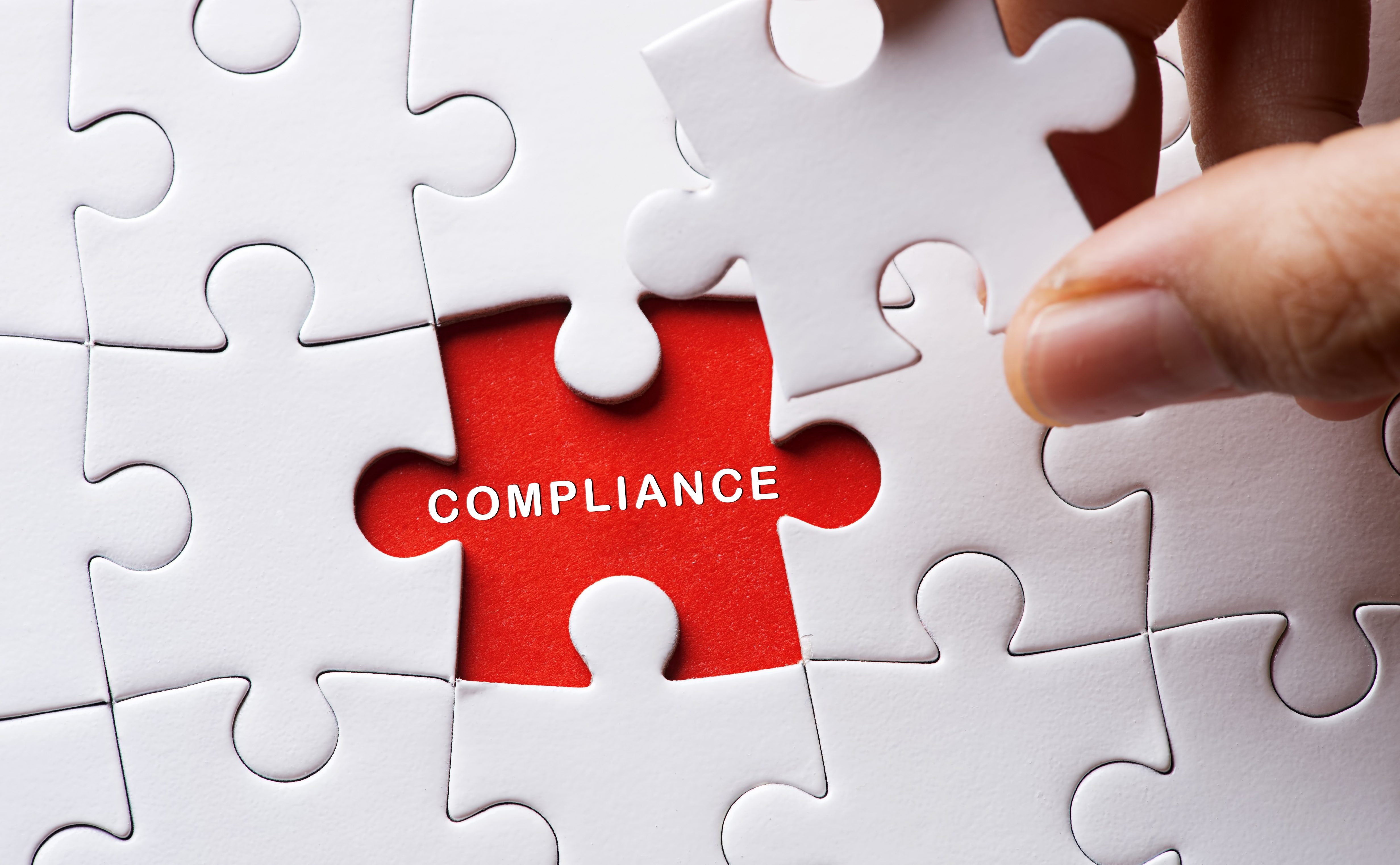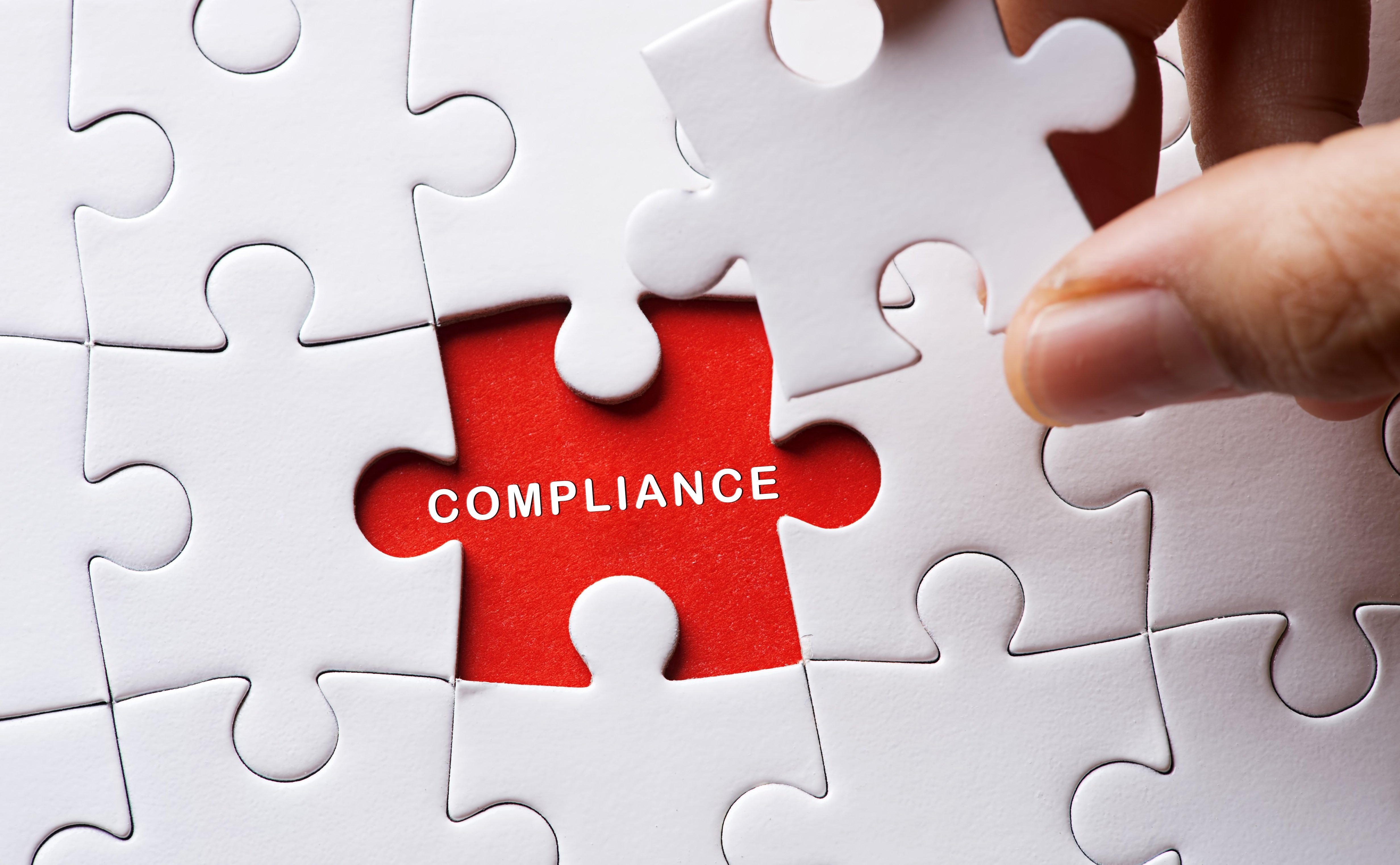
Nobody can really admit to enjoying maintaining records, can they? However it's always been a necessary evil for most of us, whatever industry you're employed in. And should you neglect to keep abreast of important paperwork in some sectors, then the word 'evil' might come back to haunt you should you act complacently.
Confused? Worried? Don't be. Let us explain.
The context of 'evil' in these circumstances obviously relates directly to the risk posed by legionella bacteria. Which as we all know can lead to an outbreak of Legionnaires' disease, if any contaminants are found to be present in your water storage infrastructure.
Yet we can avoid that scenario from playing out simply by keeping detailed and timely records in the aftermath of constantly monitoring your company's levels of water hygiene. It's all very well signing up to (and strictly adhering to industry-governed legislation, such as those clearly outlined as part of white papers such as ACop L8 and HSG274), which stipulate what to do, when, where, how, why, which and who.
All hugely relevant measures to implement when safeguarding against the potential dangers of legionella, of course. But above and beyond this critical starting point, it's absolutely imperative that company/premise owners and management teams ensure that compliance continues to be performed via the logging of detailed and accurate reporting at every key juncture.
Don't allow complacency to creep into your legionella control programme documenting
Like we said at the top. It's not something which comes naturally to many of us. And yes, it's often challenging to make sure that even the most rudimentary of information is kept up-to-date and readily accessible to the powers that be, so to speak.
But that aside. There's no excuses. And if and when an individual who's responsibility it is to record every minute detail neglects their duty, that's when serious and far-reaching problems which could possibly arise. The sort which can compromise the health and well-being of employees and members of the general public.
The good news is that we now live and work in the digital age. Times when filing things don't physically mean using a filing cabinet, reams of paper, calculators the size of small cars and the patience of the proverbial saint. Thanks to the tech we have to hand, society has moved away from the traditional paper-based means of documentation, and into the far easier realms of online storage.
So, just what actions do we propose to simplify your legionella control programme?
The following bullet points identify what we believe to be the key elements in addressing the subject of keeping a robust record of your legionella control programme, which would act as a sound starting point for anyone tasked with upholding a company or service provider's health and safety concerns.
This clutter-avoiding guide to creating (and rigorously maintaining) a seamless legionella control programme reads a lot like this;
• Recruit the right people for the job - As in everything in life, having the most suitably experienced and/or qualified people for the job, should be paramount. Irrespective of how good your paper-less logging system is, it's only ever going to be as good as those individuals charged with its operation. Ideal candidates need to possess an expansive understanding of your water system's infrastructure, have a thorough knowledge of the maintenance schedule and be capable of responding to any questionable data which emerges during regular monitoring. Their accountability is a primary influencer, and they must be both reactive and proactive.
• Create an asset database - It might be that your company covers more than one site. Or it could just be that the single site comprises of a seemingly complex water storage system. The likelihood is that upgrades and additions since inception of assemblages have taken place. Resulting in even more intricate faculty and system layouts. Inevitably over the course of time and revisions, records could have become disorganised or worse still; be harder to come by. Therefore the introduction of an asset database will get everything back in collative order again; bringing together all the loose and dead ends, as well as any gaps in recording practices. Start as you mean to continue.
• Go over every detail with a fine-toothed comb - No stone should be left unturned when it comes to your legionella control planning and no potential alarm bell ignored, however low the classification is. As a point in question, consider this. While an isolated water sample test returns a red flag, but is subsequently dismissed as an inconsequential issue in the bigger picture, you could have missed any patterns or trends emerging. For example, the last few samples could point to an upward spike, albeit a minor one at first glance. Context is very important in this respect. Thankfully with paper-less systems of documentation, the ability to contrast and compare facts and figures can be done in minutes courtesy of an online system. Which means there's no excuse why data analysis can't be undertaken in any situ.
• Real-world connectivity in the field - Now that hand-held scanners and smartphones are widely frequented in the water treatment sector, accountability has never been more assured. So use this technology to your advantage by ensuring engineers are scrutinising that correct parts of an infrastructure then and there. Even a cursory scan of barcodes can determine if an individual is observing the right juncture. Historically on-site inspections regarding sampling et al were very much physically hands-on tasks carried out by individuals. Which allowed for margins of human error when verifying actions were being taken in an altogether timely and comprehensive manner. With tech on our side, there's no room for perceived indifference.
• Advanced task scheduling - The on-going controlling of legionella never lets up. Risk assessments and water sampling are being played out continuously. Yet prior to establishing upshots and plans to execute thereafter, firstly you need to be mindful of both what to test, and when. Initial risk assessments are designed to recognize any levels which cause concern within an entire system of stored water, complete with its outlets. With locations where temperature is subject to change being widely acknowledged as identifiable legionella danger zones. The first assessment will also confirm how often the water within an individual system should be sampled and tested, in direct accordance with both ACop L8 and HSG274 regulations. Obviously, the implementation of an online system can make the process far more bulletproof, not least by scheduling necessary tasks and alerting the person responsible for legionella control programmes as required
• Utilise dedicated online legionella compliance systems - Streamline your approach and management to legionella control by adopting cloud-based thinking. With instantly accessible virtual dashboards you're exposed to real-time visibility of whether or not you're complying with water treatment industry practices and targets. Pretty much everything is discovered under the one online roof, via bespoke portals such as ours. BrodexTrident operate the two portals which offer businesses the opportunity to pool both their and our resources in the one client area within our website. Check here for more details.







